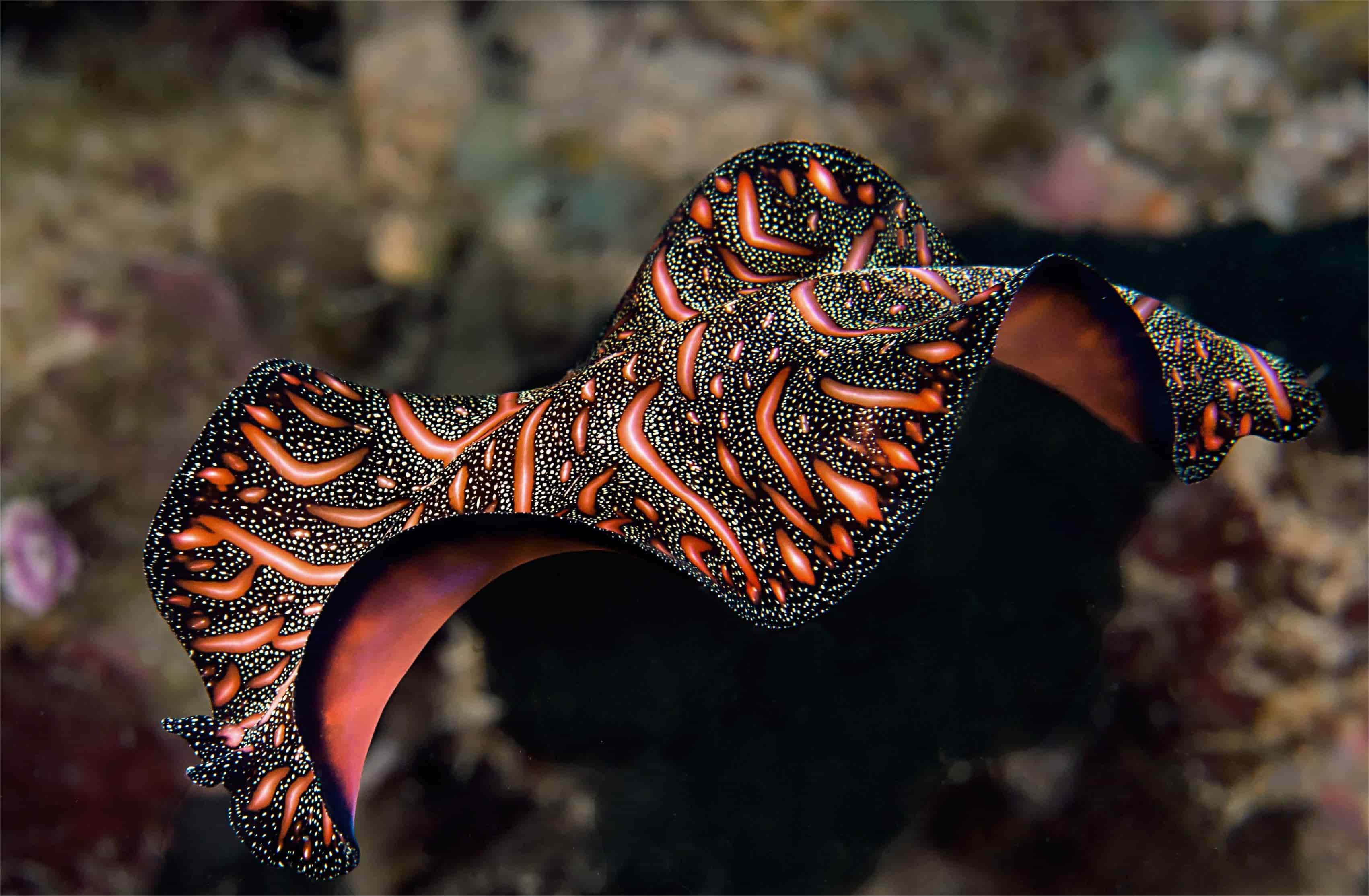
Flatworms are fascinating creatures that often go unnoticed. These simple, soft-bodied invertebrates belong to the phylum Platyhelminthes. Flatworms can be found in various environments, from freshwater ponds to the depths of the ocean. They play crucial roles in ecosystems, acting as both predators and prey. Some species are parasitic, living inside other animals, including humans. Despite their simplicity, flatworms exhibit remarkable abilities, such as regeneration. If a flatworm is cut in half, each piece can grow into a new organism. Their unique features and behaviors make them a subject of interest for scientists and nature enthusiasts alike. Ready to dive into 33 intriguing facts about these amazing creatures? Let's get started!
What Are Flatworms?
Flatworms, also known as Platyhelminthes, are fascinating creatures found in various environments. These simple invertebrates have unique characteristics that make them stand out in the animal kingdom.
- Flatworms are one of the simplest types of animals, lacking specialized respiratory and circulatory systems.
- They have a flattened body shape, which allows them to absorb oxygen and nutrients directly through their skin.
- Most flatworms are hermaphrodites, meaning they possess both male and female reproductive organs.
- Flatworms can be found in marine, freshwater, and terrestrial habitats.
- They exhibit bilateral symmetry, meaning their left and right sides are mirror images of each other.
Types of Flatworms
Flatworms come in various shapes and sizes, and they belong to different classes. Each class has its own unique features and adaptations.
- The class Turbellaria includes free-living flatworms, often found in aquatic environments.
- Trematoda, or flukes, are parasitic flatworms that infect various hosts, including humans.
- Cestoda, commonly known as tapeworms, are also parasitic and live in the intestines of their hosts.
- Monogenea are ectoparasitic flatworms that primarily infect fish.
- Some flatworms can grow up to several meters in length, while others are microscopic.
Flatworm Reproduction
Flatworms have intriguing reproductive strategies that ensure their survival and proliferation.
- Many flatworms reproduce asexually through a process called fission, where the organism splits into two parts, each regenerating into a complete flatworm.
- Sexual reproduction in flatworms involves the exchange of sperm between two individuals, even though they are hermaphroditic.
- Some flatworms can self-fertilize if they cannot find a mate.
- Flatworm eggs are often laid in protective capsules to ensure the survival of the offspring.
- The larvae of parasitic flatworms often undergo complex life cycles involving multiple hosts.
Flatworm Regeneration
One of the most remarkable abilities of flatworms is their capacity to regenerate lost body parts.
- Planarians, a type of flatworm, are famous for their regenerative abilities, capable of regrowing entire bodies from small fragments.
- This regeneration is made possible by a special type of cell called neoblasts, which can differentiate into any cell type.
- Researchers study flatworm regeneration to understand the mechanisms behind tissue regeneration and potential applications in medicine.
- Some flatworms can regenerate their heads, tails, and even internal organs.
- The regenerative process in flatworms can take anywhere from a few days to several weeks, depending on the size of the fragment.
Flatworm Feeding Habits
Flatworms have diverse feeding habits, depending on their environment and lifestyle.
- Free-living flatworms are often carnivorous, feeding on small invertebrates, protozoa, and detritus.
- Parasitic flatworms absorb nutrients directly from their host's body fluids.
- Some flatworms have a specialized feeding structure called a pharynx, which they use to suck in food.
- Flatworms lack a complete digestive system, so undigested food is expelled through the same opening used for ingestion.
- The diet of flatworms can vary greatly, with some species even feeding on algae or bacteria.
Flatworms and Humans
Flatworms have a significant impact on human health and the environment.
- Parasitic flatworms, such as tapeworms and flukes, can cause serious diseases in humans and animals.
- Schistosomiasis, caused by blood flukes, affects millions of people worldwide and can lead to severe health complications.
- Proper sanitation and hygiene practices can help prevent infections caused by parasitic flatworms.
- Some flatworms are used in scientific research to study regeneration, development, and evolution.
- Flatworms play a crucial role in ecosystems by controlling populations of other small organisms and recycling nutrients.
Interesting Flatworm Facts
Flatworms have many unique and surprising traits that make them fascinating to study.
- Flatworms can detect light and dark using simple eyespots called ocelli.
- Some flatworms exhibit complex behaviors, such as hunting and mating rituals.
- The flatworm's simple nervous system consists of a pair of nerve cords and a rudimentary brain called a ganglion.
Fascinating World of Flatworms
Flatworms are more than just simple creatures. They play a crucial role in ecosystems, helping control insect populations and recycling nutrients. Some species have incredible regenerative abilities, making them subjects of scientific research. Despite their small size, flatworms exhibit complex behaviors and adaptations, like hunting strategies and symbiotic relationships.
Understanding flatworms can offer insights into evolution and biology. Their simplicity makes them excellent models for studying basic biological processes. Plus, their unique characteristics, like a lack of a circulatory system and their ability to regenerate, make them endlessly fascinating.
Next time you come across a flatworm, remember there's more to these tiny creatures than meets the eye. They are a testament to the diversity and complexity of life on Earth. Keep exploring and learning about the natural world; you never know what amazing facts you'll uncover next!
Was this page helpful?
Our commitment to delivering trustworthy and engaging content is at the heart of what we do. Each fact on our site is contributed by real users like you, bringing a wealth of diverse insights and information. To ensure the highest standards of accuracy and reliability, our dedicated editors meticulously review each submission. This process guarantees that the facts we share are not only fascinating but also credible. Trust in our commitment to quality and authenticity as you explore and learn with us.
